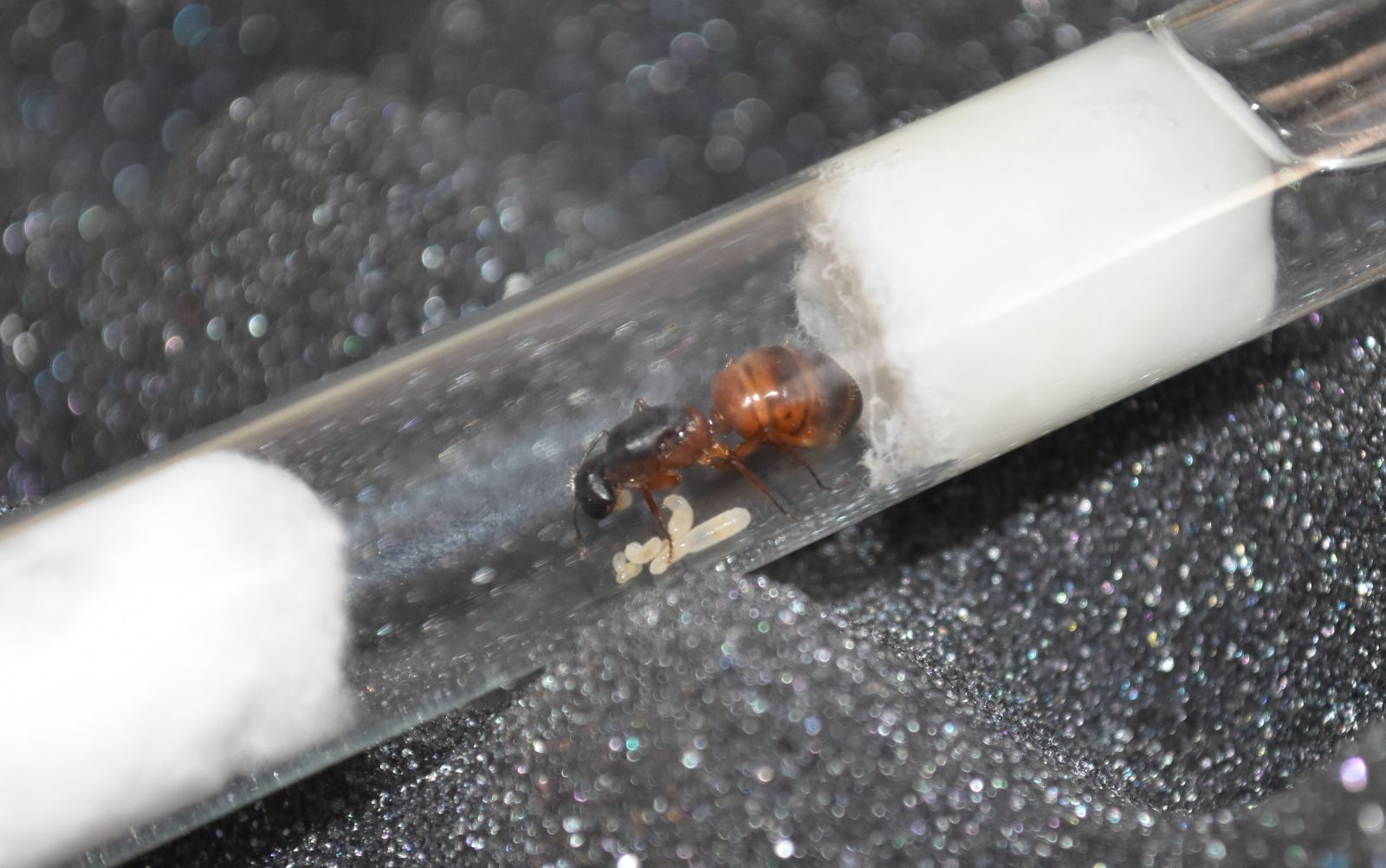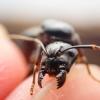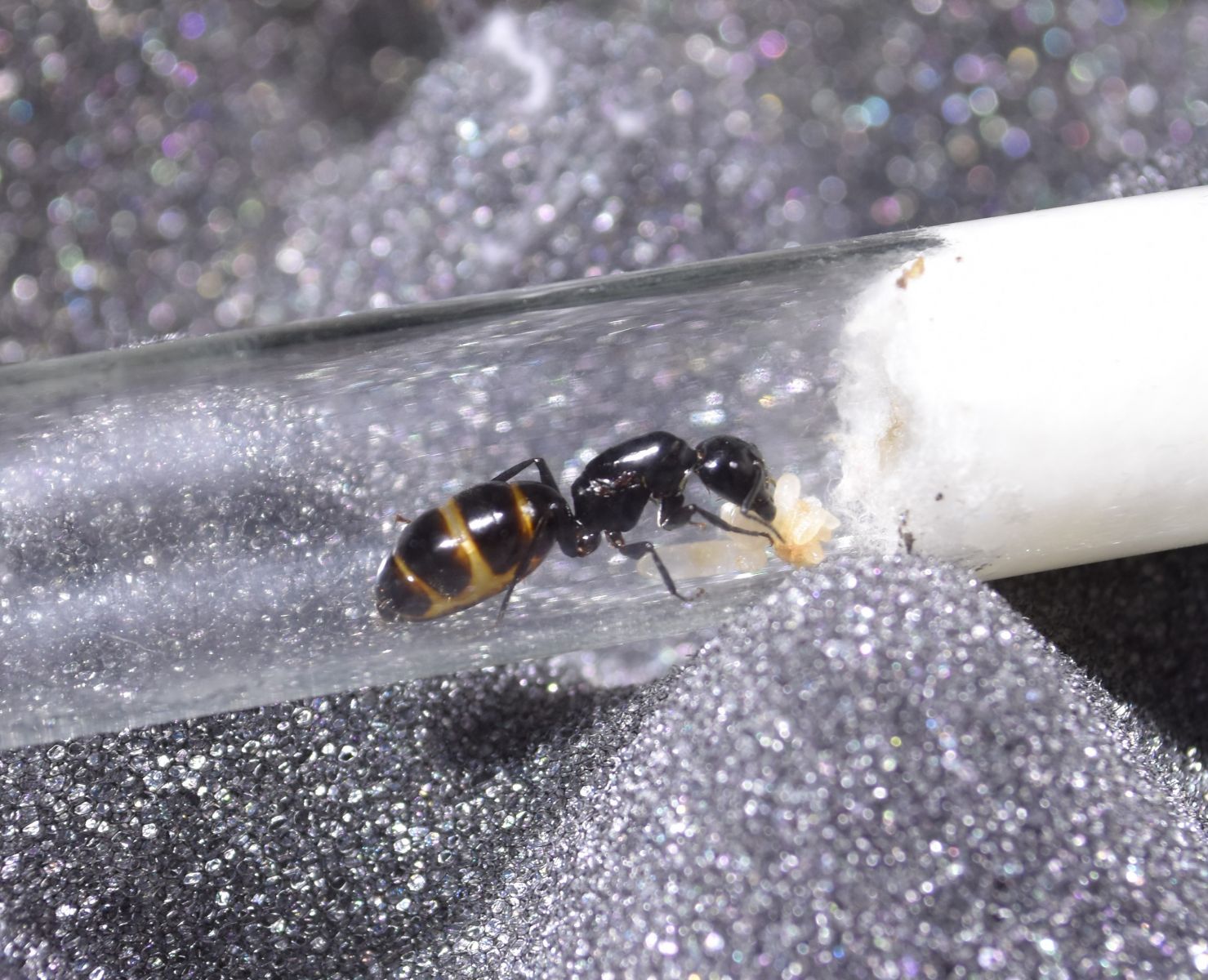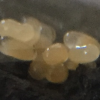3/30/18
During this year's spring break I decided to join Paul, Scrixx, Spazz, and Drew on a trip to Chaney Trail, Altadena in California. During the trip I was able to catch 8 queens of C. sansabeanus and C. vicinus, and later found 1 more queen at Mt. Baldy with Drew. I also received a C. quercicola from Paul which look absolutely beautiful.
In total it seems I have 8 vicinus/sansabeanus and 1 quercicola.
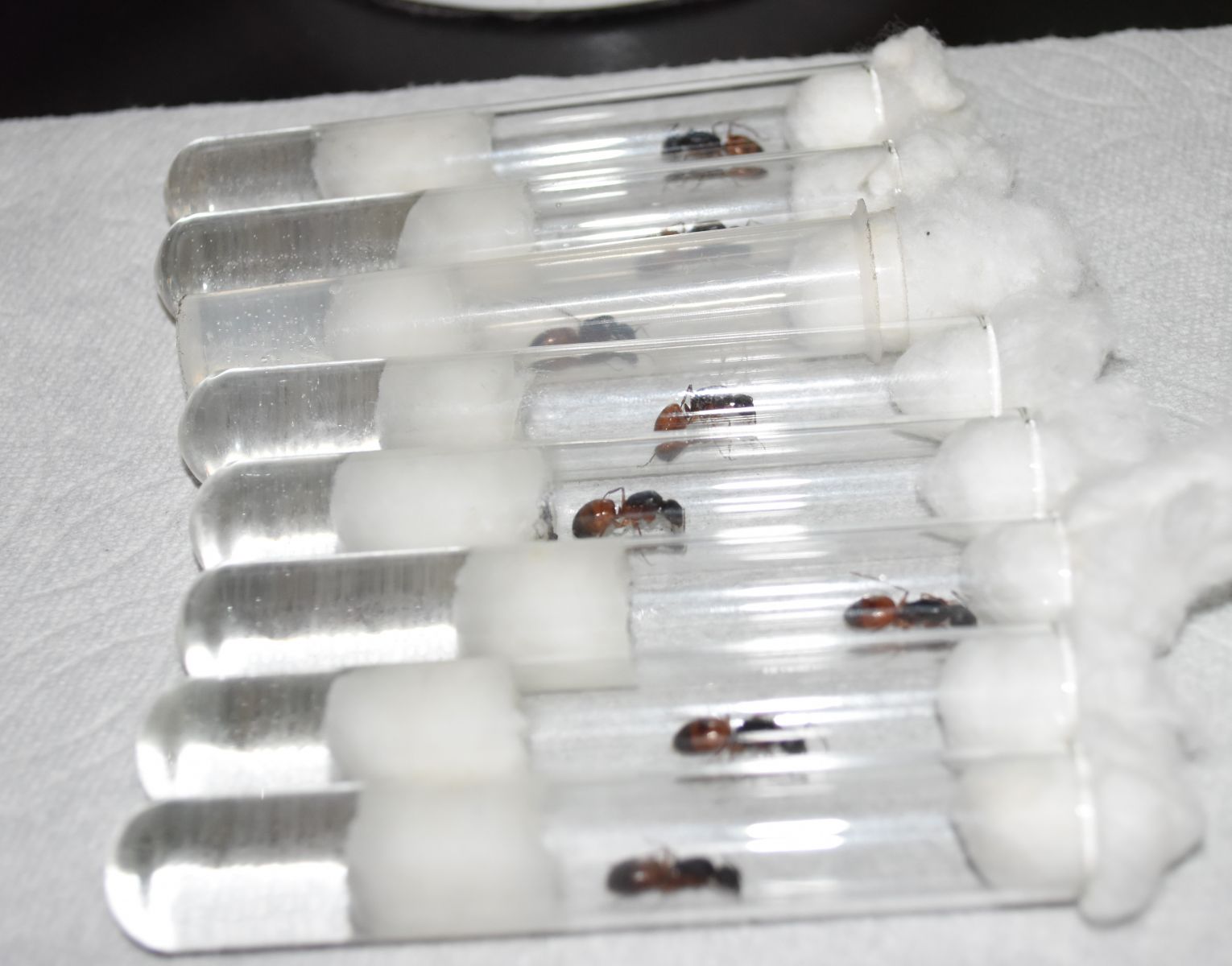
Edited by EnderzATwar411, May 8 2018 - 4:41 PM.






